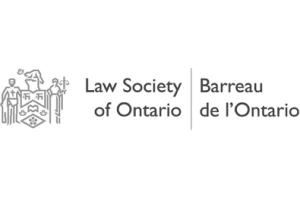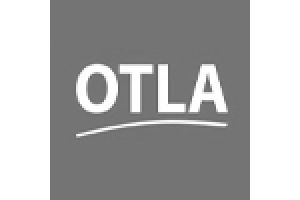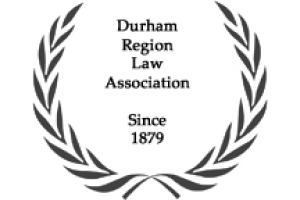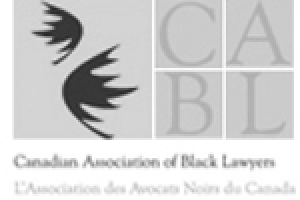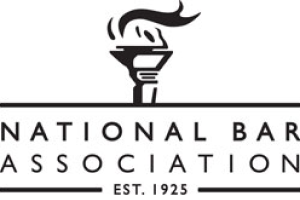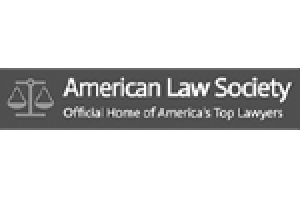Fibreboard Corporation
The Fibreboard Corporation started out as the Parrafine Companies in Delaware, USA, when eight companies brought their paper and board businesses together and incorporated on November 20, 1917 as one company. They changed the name of the company to Fibreboard in 1927. Expanding quickly Fibreboard purchased the Plant Rubber & Asbestos Company located in California in 1928.
The Plant Rubber and Asbestos Company brought to the Fibreboard company a line of insulation products using the brand names of Pabco and Prasco. Documentation exists confirming asbestos was included in their products from 1941 until 1975.
Fibreboard changed their name to Pabco Products Inc. in November 1950, but the name did not stick. It became Fibreboard (Paper Products) once again in May 1956. They finally settled on Fibreboard Corporation in 1966.
Under the Pabco banner the company made a line of insulation materials including:
- Pabco 85% Magnesia Insulating Cement
- Pabco 85% Magnesia Insulating Cement
- Pabco Caltemp Block Insulation
- Pabco Caltemp Insulating Cement
- Pabco Caltemp Pipe Covering
- Prasco Block Insulation
- Prasco Insulating Cement
- Prasco Pipe Covering
- Super Caltemp Block Insulation
- Super Caltemp Insulating Cement
- Super Caltemp Pipe Covering
The company operated factories in Metuchen, New Jersey; Philadelphia, Pennsylvania; Baltimore, Maryland; and the original Plant Rubber & Asbestos facility in Emeryville, California.
Fiberboard was a member of two insulation associations in the 1950s and 1960s that funded research to discredit the published scientific evidence that was mounting about the danger of working with asbestos, rather than remove asbestos from their insulation formula.
Fibreboard continued to use asbestos despite the increasing evidence that asbestos was killing people that worked with the mineral. Fibreboard was the defendant in the landmark precedent setting asbestos case of Borel v. Fibreboard Paper Products Corporation in 1971. In this case the lawyer for the plaintiff, Ward Stephenson, raised the argument that because the products did not contain any warning labels, Fibreboard could be found liable under newly enacted strict liability rules. These rules required manufacturers to be aware of, and warn, of any danger their products could potentially cause.
The jury found that Fibreboard did breach the doctrine of strict liability and found in favour of the Plaintiff Clarence Borel who, suffering from mesothelioma, did not live to see the result of his claim. It took a further three years for Fibreboard to exhaust the appeal process and pay the judgement to Mr. Borel’s widow.
Between the original Borel Judgment in 1971, and the end of the appeal process, Fibreboard removed asbestos from most of the products that they manufactured.
As asbestos fibers remain in a person’s lungs for years without symptoms developing for decades, the full extent of Fibreboard’s negligence did not become apparent until the 1980s when thousands of insulators who previously worked with Fibreboard’s products became ill and filed claims against the company. Fibreboard was forced to defend thousand of personal injury claims.
In 1993, Fibreboard agreed to pay $3 billion to current and future potential victims of the company’s asbestos use. $1.5 billion was to be placed into a compensation fund for persons who had not yet been diagnosed. Fiberboard was able to pay this extraordinary sum as corporate management had purchased generous liability insurance in the 1950s that remained valid and required the insurance companies to pay most of the agreed settlement. At the time it was the largest ever asbestos settlement agreement.
In May 1997 Owens Corning purchased Fibreboard. Owens Corning had its own asbestos troubles caused by a product line called Kaylo but the purchase of Fibreboard added to the problem. In October 2000 Owens Corning voluntarily filed for bankruptcy protection.
Owens Corning emerged from bankruptcy in October 2006 after agreeing to add to the previously agreed Fibreboard funding for future claimants. OC established a joint trust to pay claims for Owens Corning and Fibreboard, with two separate funds of money for payment of claims to persons exposed to either Owens Corning or Fibreboard products (or both).
There are over 200 documented sites in Canada where Fibreboard asbestos containing insulating materials were installed. The majority of these are in Western Canada as the Fibreboard sales teams from California targeted the British Columbia and Alberta market.
If you or a loved one has been injured by exposure to Fibreboard asbestos containing products, please contact us for more information on your compensation options.


